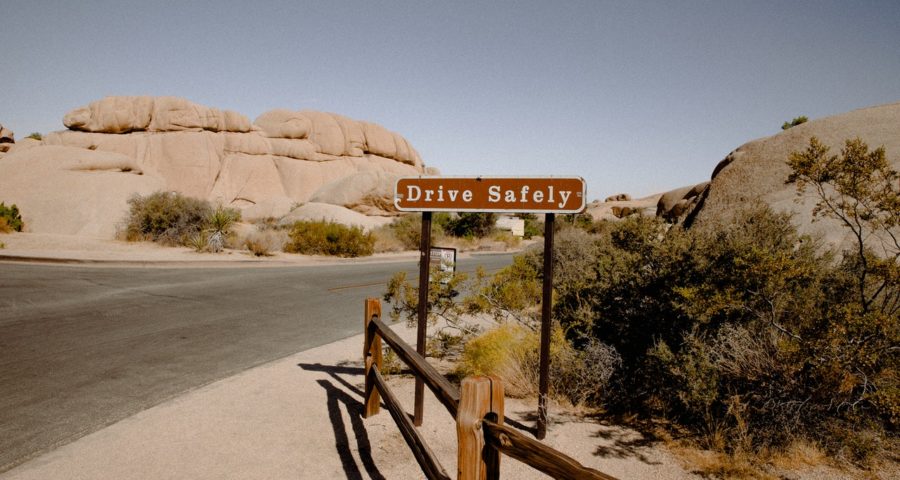Despite some major improvements over the years, car accidents remain high. Every year, tens of thousands of people in the United States are killed in car accidents and hundreds of thousands of people are injured in them. Improving road safety is one of the best ways to prevent accidents – and therefore injuries and deaths related to them – but what’s the best approach for improving road safety?
Structural and Institutional Changes
Governments and organizations can work to make structural and institutional changes that have the power to keep roads safer.
For example:
- Speed limits. Speed limits exist for a reason. The higher your traveling speed, the less time you’ll have to react to changing circumstances around you – and the more destructive a resulting crash will be. Posted speed limits encourage drivers to drive slower, ultimately improving safety for everyone involved.
- Lane width. It’s counterintuitive, but smaller lanes actually lead to an increase in road safety. It’s intuitive to think that a wider lane would allow more maneuverability, leading to higher safety, but narrower lanes force drivers to be more cautious and pay more attention to the road.
- Traffic lights and traffic circles. Certain intersections are more dangerous than others, due to high traffic volume, blind spots, and other factors. Better roadway designs, with intelligently designed traffic lights and/or traffic circles, can help control the flow of traffic in an efficient and safe way.
- Law enforcement. Laws exist to protect the public, but they’re not universally followed. Increasing the presence of law enforcement and regularly enforcing traffic laws will help persuade drivers to remain compliant.
- Awareness campaigns. Public awareness campaigns about road safety also have the potential to reduce accidents, injuries, and deaths. Encouraging people to partake in simple habits, like establishing a designated driver or wearing a seatbelt, can have a massively beneficial effect.
- Extra safety features. Additional safety features of major roads and highways can also decrease potentially fatal accidents. For example, concrete barriers can prevent cars from veering too far off the road – and can keep pedestrians safer.
Driver Behavior Changes
Of course, there’s only so much the government can do to improve road safety. If our roads are going to be safer, we need to take matters into our own hands as drivers. There are several steps we can take to accomplish this:
- Push for vehicle safety. It’s important to push for greater vehicle safety as consumers. Vehicles equipped with features like anti-lock brakes and power steering are much less likely to lose control on the road, and those equipped with airbags and intelligent crumpling systems can reduce interior impact should an accident occur. Buying safer vehicles and demanding more from manufacturers can help here.
- Obey laws and posted signs. The mere existence of a law does nothing if nobody’s actively following it. Most traffic laws exist for the sole purpose of keeping you, other drivers, and pedestrians safe, so it’s important to follow them. Review the traffic laws in your area so you know you’re following them fully – and obey posted signs as well.
- Remain undistracted. Distracted driving has the potential to greatly magnify your risk of being in an accident. Distractions come in many forms; you might stare too long at a billboard, eat a fast food meal, or even glance down at your phone momentarily; even a minor, temporary distraction can render you unable to respond to the driver in front of you in time to avoid them.
- Remain unimpaired. Similarly, impaired driving leads to a much higher risk of accidents. Most people understand that you shouldn’t drink or take drugs before driving, but it’s less commonly recognized that tired and fatigued driving can raise your risk of an accident. Make sure you’re in a clear, focused state of mind before driving to keep the roads safer.
- Decrease speed and increase following distance. Most drivers could benefit from decreasing their speed and increasing their following distance. Even slight changes, like a drop of 10 mph and an extra 10 feet, can give you extra time to react to the other drivers around you and ultimately reduce your risk.
- Avoid or plan for inclement weather. Bad weather conditions, like fog, heavy snow, or rain, make roads less safe. We can’t control the weather, but we can control how we respond to it. Avoid driving in these bad conditions if you can. If you can’t, take extra precautions.
Our roads are never going to be completely safe. As long as there are heavy machines traveling at high speeds on our roads, they’re going to present some kind of danger. But with the right structural designs, the right policies, and a bit of proactive work from drivers, we can make our roads significantly safer.

